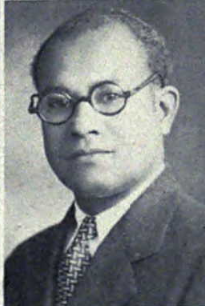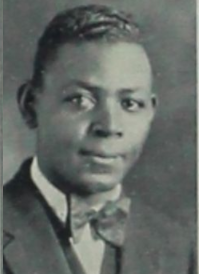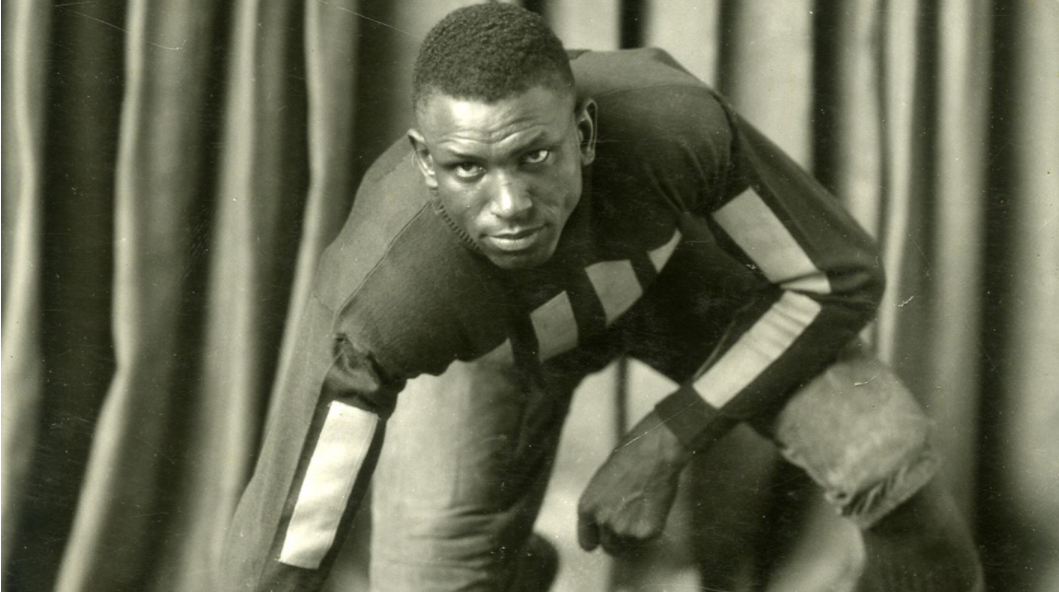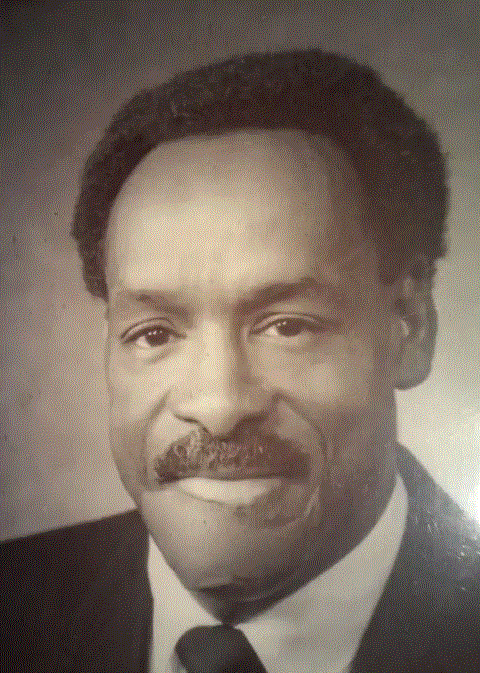James Estel Williams was the fourth child of seven born to Lizzie Smith a cook at a local hotel, in Maysville, Kentucky, on 15 September 1921. He graduated from Wilberforce University in Ohio with an undergraduate degree. Following graduation, he was drafted into the Army, serving as a Technician Fifth Grade overseas during World War II (“James Estel Williams”).
After returning from overseas, Williams attended Iowa State College and acquired his Master’s of Science in Animal Production in 1948. During his time at ISC, Williams lived at 218 Lincoln Way, the home of Archie and Nancy Martin. In 1949, he married Lillian Harrison Croom, whom he had met at Wilberforce University. The couple eventually had five children together. Williams put his degree to use teaching agricultural courses for the Veterans Administration in Owensboro, Kentucky, a job he held through 1950. He also taught science classes at the Lincoln Institute in Lincoln Ridge, Kentucky, early in his career (“James E. Williams, Sr.”).
Following a lifelong dream, Williams graduated with his juris doctor from Saint Louis University School of Law in 1962, becoming a member of the American Bar Association, Illinois Bar Association and American Trial Layers Association and helped to found the Metro-East Bar Association (“James E. Williams, Sr.”; Williams, 2017). He put his services to work for the good of the community by founding the first Legal Aid Society of St. Clair County and then acting as its Executive Director (Williams, 2017). For years, Williams also had a private law practice and, from 1951 to 1968, he worked as a civil servant at the Granite City Army Depot, eventually becoming the Federal Compliance Officer and also a member of the Commanding Office Staff (Williams, 2017; “James E. Williams, Sr.”).
Williams served East St. Louis, IL, as its first black mayor from 1971 to 1975. He ran on a platform of improving the economy, making East St. Louis safer, providing more recreation opportunities for the community’s kids, and creating more harmony among the races in order to improve the overall climate of the community (“James E. Williams, Sr.”). His efforts to bring more business investment to East St. Louis and turn around a community in crisis, which had lost almost 70% of its businesses between 1960 and 1970 (“East St. Louis”), earned Williams the moniker of “optimist.” While in office, he brought in federal and state grant funding, supported urban renewal and addressed unemployment among Black workers, expanded the police force Following his time in office, from 1976-1978, he took up the role of East St. Louis School Board president (“James E. Williams, Sr.”).
He died 12 February 1983 and is buried in the Jefferson Barracks National Cemetery in Lemay, Missouri (“James Estel Williams”).
Iowa State College Dissertation Title: Corn from high and low productive lands for growing and fattening pigs, 1948
Iowa State University Catalog Record:https://iowa-primo.hosted.exlibrisgroup.com/permalink/f/12tutg/01IASU_ALMA21180001910002756
Sources
Photo credit: Williams, Lillian. (2017, 2 Jul.). African-American political turning point recalled on 100th anniversary of the ESTL Race Riot. Medium, https://medium.com/@lillianwilliams/african-american-political-turning-point-recalled-on-this-100th-anniversary-of-the-estl-race-riot-36e40dc5328f
East St. Louis: One city’s story. (2002, 31 Dec.). Federal Reserve Bank of St. Louis. https://www.stlouisfed.org/publications/bridges/winter-20022003/east-st-louis-one-citys-story
James E. Williams, Sr.; E. St. Louis ex-mayor. (1983, 14 Feb.). St. Louis Post-Dispatch, p. 14.
James Estel Williams. (2019, 22 Oct.). Find-a-Grave. https://www.findagrave.com/memorial/204056318/james-estel-williams
Williams, Lillian. (2017, 2 Jul.). African-American political turning point recalled on 100th anniversary of the ESTL Race Riot. Medium, https://medium.com/@lillianwilliams/african-american-political-turning-point-recalled-on-this-100th-anniversary-of-the-estl-race-riot-36e40dc5328f




